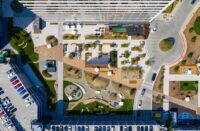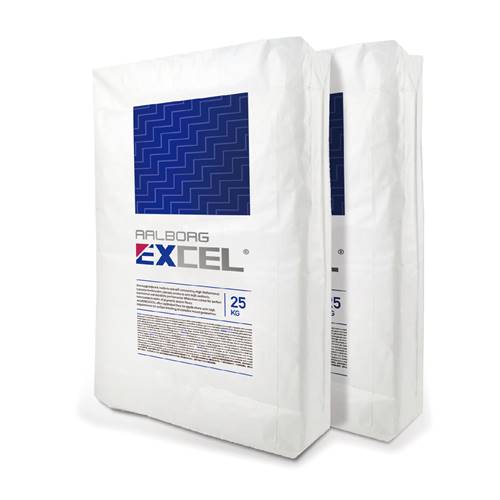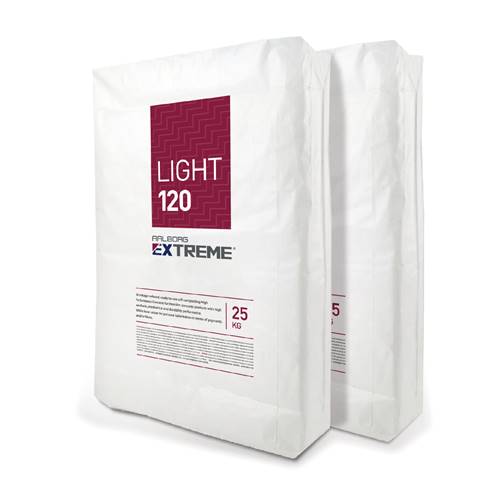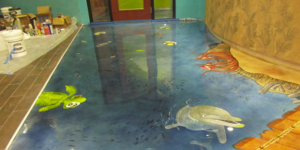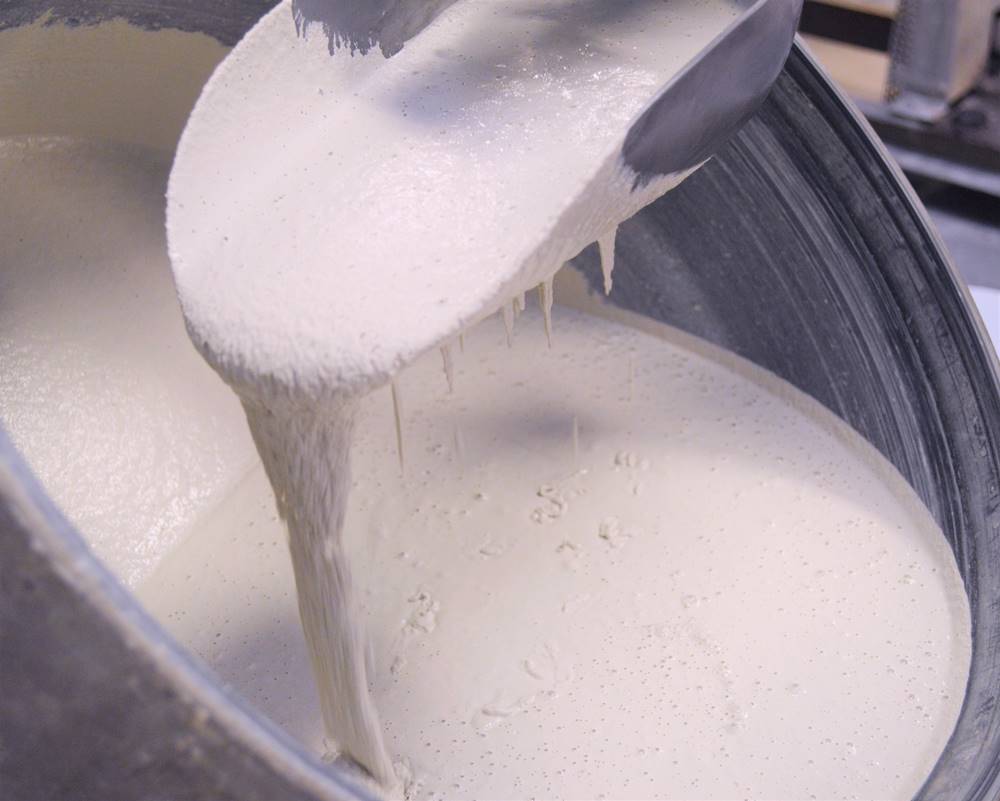
Photos courtesy of Lehigh White Cement Co.
Architects and specifiers seeking a sustainable and resilient ultra-high-performance concrete (UHPC) for a challenging design should look no further. A new UHPC introduced in North America by Lehigh White Cement Co. is the answer.
Aalborg Excel, a new UHPC from Cementir Group headquartered in Italy, is now available in North America through its affiliate, Lehigh White Cement Co. Based in Florida, Lehigh White Cement introduced Aalborg’s first product, Extreme Light 120, in 2019.
Lehigh White Cement’s sister company, Aalborg Portland A/S in Denmark, developed both preblended architectural UHPC mixes. They are part of Aalborg’s InWhite Solution line of materials based on its patented Futercem technology.
“Futurecem represents up to a 50% CO2 emission reduction over conventional portland cement concrete without sacrificing performance,” says Larry Rowland, Lehigh White Cement’s account manager for the InWhite Solution line of products.
Around the bend
In general, extremely high compressive strengths and exceptional durability characterize UHPCs. When combined with high-strength fibers and the right amount of water, they can withstand bending unlike rigid conventional concrete.
Depending on the source cited, the lower limit in compressive strength for a UHPC mixture is 120 MPa (17,400 psi). These products’ tensile strength reaches 6 to 9 MPa (900-1,700 psi) compared to conventional concrete’s 1 to 3 MPa (150-440 psi).
With the right fibers, typically making up around 2% of the mixture’s volume, UHPC will stand up to tensile loads through a series of very small cracks. “Yielding a ductile, flexural response to the stress, they will essentially bend before they break,” Rowland says.
Which can prove advantageous to the people Lehigh White Cement caters to. “Our white cement customers constantly push the boundaries of what mixes can produce,” Rowland says. “I truly believe this material is a game-changer for our industry.”
Particularly, these UHPCs are the perfect fit for architectural applications with thin and complex geometries. “High tensile strength and reliable performance make Excel and Extreme Light 120 perfect fits for select architectural applications,” Rowland says.
Overall, the future looks bright for both UHPCs.
Good choices
Both Aalborg Excel and Extreme products come complete with binders, admixtures and graded fine aggregates. They are designed to be mixed with a low amount of water and a wide variety of specialty fibers. The result is a highly flowable white concrete with very low permeability and ultra-high compressive and tensile strengths.
Because of the mixtures’ bright white color, “They are exceptionally well-suited for architectural applications. They also can be used where structural concrete is required to have an aesthetic component to its design,” Rowland says.
They are also a perfect choice for architectural applications where color consistency and reliable performance are key. To complement conventional finishes, you can add pigment or combine them with local aggregates.
According to company literature, readily available raw materials make up both Extreme and Excel. Their manufacture doesn’t rely on the availability of scarce materials and quality of waste byproducts from other industries.
Unlike other UHPCs, Excel and Extreme’s binders don’t contain silica fume, quartz flour, slag or fly ash. However, they include pozzolan components from a sustainable source that help deliver several positive advantages. The Aalborg UHPCs are self-leveling and fast-flowing, have a long open time and are extremely durable. When fully set, the resulting concrete displays a very smooth formed surface finish, even with challenging shapes.
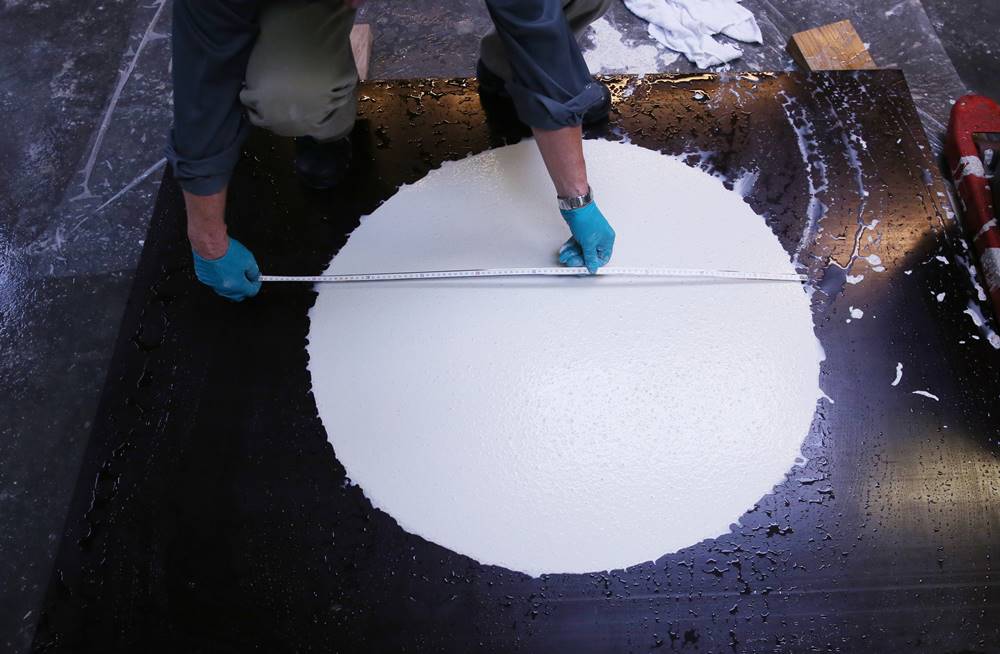
How they work
Overall, UHPC mixtures have a much higher percentage of paste and rely solely on fine aggregates within the concrete matrix. Think of them as finely powdered concrete with densely packed materials down to the micron and submicron level with sand, at the top end of the mixes’ fineness scale, playing the role of the coarse aggregate.
“By increasing the volume and reactivity of the paste portion of the mix, these materials become extremely dense with especially low permeabilities,” Rowland says.
These properties combined with UHPC’s physical performance make the concrete ideally suited for thin sections and geometrically complex shapes. It can create both architectural and structural profiles.


